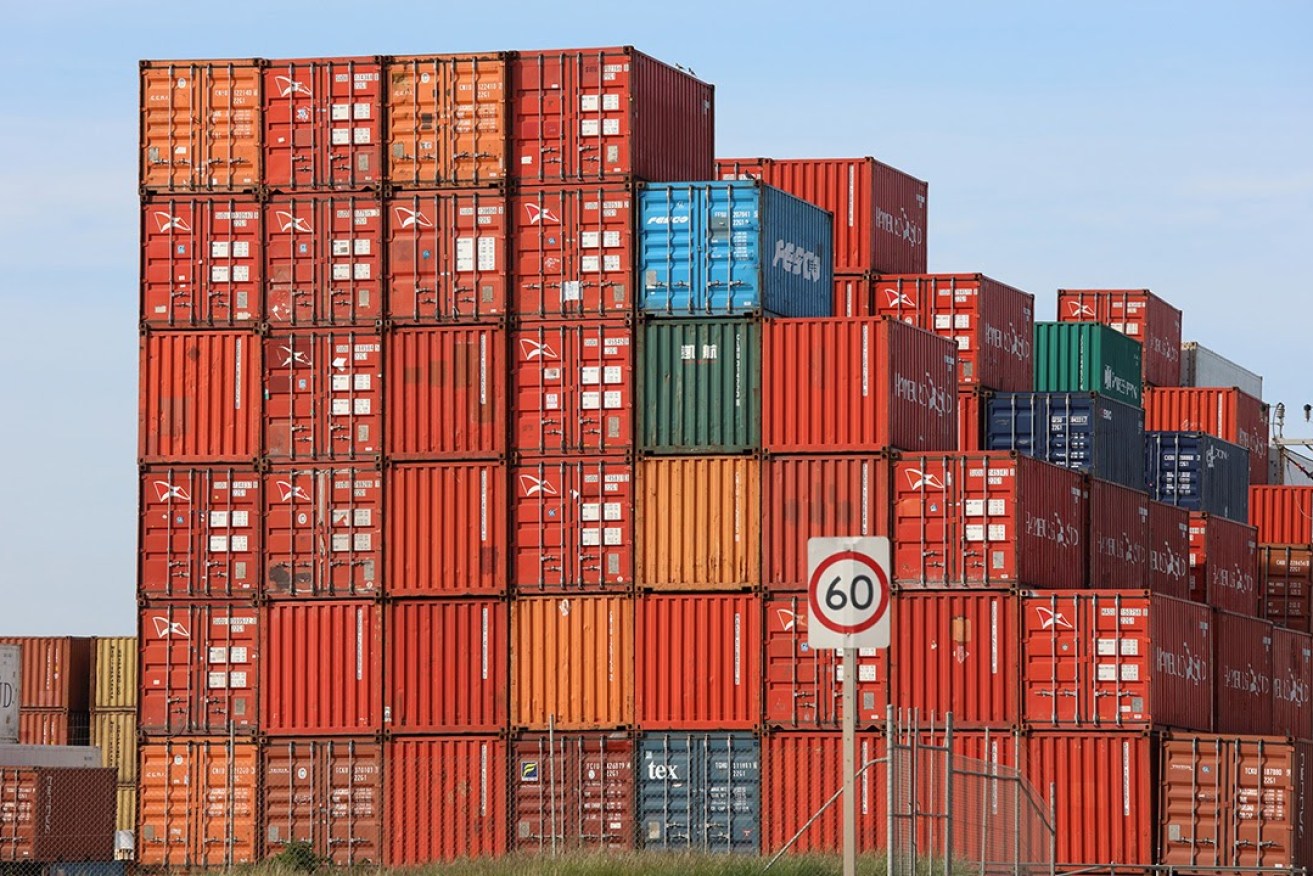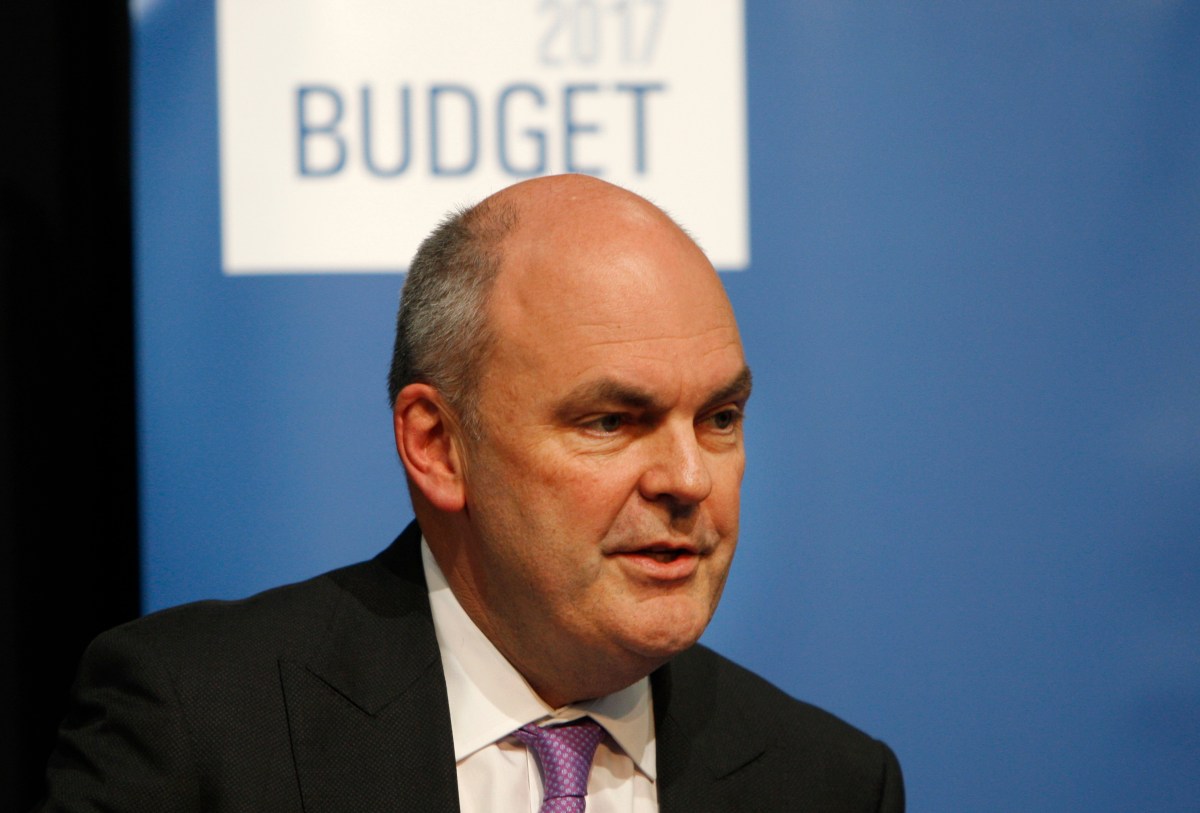Hits and misses in Steven Joyce’s review of SA’s trade and investment strategy
A State Government-commissioned review of South Australia’s international and interstate engagement has confirmed that much of the previous government’s agenda was correct, argues former trade minister Martin Hamilton-Smith. So why, he asks, is it taking so long for the Marshall Government to take action?

Photo: Tony Lewis/InDaily
Steven Joyce’s recent “Review of the SA Government’s International and Interstate Engagement Bodies and Functions” is a considered and welcome report but, as made clear in its terms of reference, it is not an economic plan.
Some of it is incisive. Some of it could have been better informed.
First, this work could have been preceded by a clear statement of this State Government’s overarching economic strategy. In its first year, the Marshall Government has discarded or cut many moves put in place by its predecessor without a clearly articulated alternative. If the current government did not like the former government’s economic plan, it could have produced its own.
Second, Joyce could have been informed by a higher order strategic assessment of the size of government. Fewer departments, perhaps as few as 10, reporting singularly through one CEO to a single Minister could have reduced the size of Cabinet and the machinery of government to deliver smaller, more efficient services and substantial savings. Joyce has been left to make some intelligent and long overdue recommendations about reorganising the machinery of government for international engagement in isolation, without a broader framework.
Surely a plan for international and interstate engagement needed to be shaped by these two pieces of strategic guidance? It would have made Joyce’s job easier and it would have set out a road map for reform.
The national economic realities are self-apparent. The key reason why, in recent years, SA’s comparative performance has fallen off the pace is because other states have grown faster, principally on the back of a global boom in demand for minerals, oil, gas and coal. Those resources reside principally in WA, Queensland, NSW and Victoria. As a consequence, population, exports, GSP and growth have boomed in other states with confluent benefits for infrastructure, housing and economic capacity, which in turn underpin their local services sectors. Joyce mentions this truth, but without much emphasis.
Joyce, a former New Zealand economic devleopment minister, correctly points to NZ success in agriculture exports as a model to follow. Tourism, which has seen its funding cut, and international education are identified as areas warranting support. But the hard reality is that to significantly increase exports and investment we need to pull out all stops to develop our minerals, oil and gas sectors. State Government moratoria on fracking of gas reserves, policy equivocation on oil exploration in the Bight, a refusal to pursue extension of the nuclear industry recommended by a royal commission and a failure to support mining investment in deference to the “lock the gate” movement, strangely don’t get much of a mention. I wonder why?
It’s unfortunate that broader strategic reform, an economic plan and a plan to restructure the whole of government, is still in the “too hard” basket.
Interestingly, Joyce has expressed “caution” about the Marshall Government’s rhetoric on setting up expensive overseas trade offices. Joyce wisely prefers the former government’s approach, to co-locate with Austrade and the wider “Team Australia” trade effort. This is an endorsement of the Weatherill Government’s policy position and makes sense. New stand-alone offices have quietly been abandoned.
Joyce further advises that the Trade and Investment Minister “should present an annual trade and investment Missions Calendar to the Cabinet for approval” and “lead all outbound missions involving commercial companies…”. This is to continue the system established by the Weatherill Government – one which was disparaged by the Liberals when in Opposition. It’s the right call. Without government-to-government trust and cooperation, doors remain closed and there is no trade with China and in much of South-East Asia. Joyce clearly understands this reality.
Australia’s Ambassador to China told SA Trade Mission delegates in 2017 states that “if you want to do business in China…. you have to come here”. And you must be clever about it by going where other states and countries are not using greater leverage and resources to compete in our space. Our competitive advantage through sister state economic relationships with Shandong in China (a province with 100 million people and a GDP bigger than Indonesia), West Java in Indonesia and Rajasthan in India are not rated in the review. India is barely mentioned. We need to create our own opportunities. Criticism of targeted trade missions is often naïve and misinformed.
Joyce asserts that the former government’s trade missions could have been more strategic. Did he read the former government’s overarching international engagement strategy and the country strategies for China, India, South-East Asia and other regions? These were thorough, widely consulted upon, and detailed the strategic goals of our trade and investment efforts. Every key stakeholder in SA was aware of them – why not the reviewer?
Then comes an extraordinary admission when Joyce says: “The review has been shown no post evaluation of recent {Trade} missions”. The fact is that every trade mission from 2014 to 2018 was followed by a Cabinet submission giving a full account of results achieved. Attendees were formally debriefed after missions, notes taken, and improvement engineered. Most missions were followed by a statement on outcomes to Parliament. There is an exhaustive paper trail. Why was Joyce not given the information by the current government or how did he not find it? This one admission casts doubt over the whole report. What other information was not given to the author?
The review’s assessment of assistance provided by the former government to industry associations and exporters is particularly curious. The former government is accused of trying to “pick winners”. Instead, the report recommends that the current State Government “cooperate closely with industry partners” to deliver Tradestart grants and “define the likely growth industries”.
Previous SA Government funds have been folded and new funds have been created from which grants are being made to exporters and investors under other labels. In last week’s federal budget, the Coalition poured an extra $60 million to top up Export Market Development Grants to selected small businesses and startups for export promotion, trade show attendance, advertising, marketing and visa expenses covering 50 per cent of expenses to 3706 companies last financial year. Sound like picking winners?

Steven Joyce’s review was useful, but missed some opportunities, says Hamilton-Smith. Photo: AP/Nick Perry
The now-scrapped Investment Attraction Agency (IASA) was well led by chairman Rob Chapman and CEO Mike Hnyda, operated on a shoestring and delivered modest industry assistance only when recommended first by an independently-reviewed business case. The agency did its best work through simply providing a “one-stop shop” for inbound investment. It was a winning formula which delivered more than $1 billion of investment and thousands of jobs over a short time frame. It will eventually be recreated by the current government in another face-saving guise. But the damage has been done and momentum lost.
This review has been helpful. It’s efficacy now depends on what the government does with it. Almost all proposals about the relocation of people and functions from one agency to another will remove duplication and are, in my view, constructive. It’s unfortunate that broader strategic reform, an economic plan and a plan to restructure the whole of government, is still in the “too hard” basket. And on trade, it seems the former government’s plan of action was the right one after all.
A wiser government might have claimed its predecessor’s successes from the outset and airbrushed them out of the story, rather than wait for a review to point it out to them a year later. Twelve months has been wasted and momentum lost. This review is in and, at at time when NAB has found business conditions in SA remain the worst in the country and Woolworths has announced closures and significant job losses, what’s important now is to get on with implementing it.
Martin Hamilton-Smith was Minister for Trade & Investment, Tourism and Defence and Space Industries in the Weatherill Government.
Want to comment?
Send us an email, making it clear which story you’re commenting on and including your full name (required for publication) and phone number (only for verification purposes). Please put “Reader views” in the subject.
We’ll publish the best comments in a regular “Reader Views” post. Your comments can be brief, or we can accept up to 350 words, or thereabouts.
InDaily has changed the way we receive comments. Go here for an explanation.




